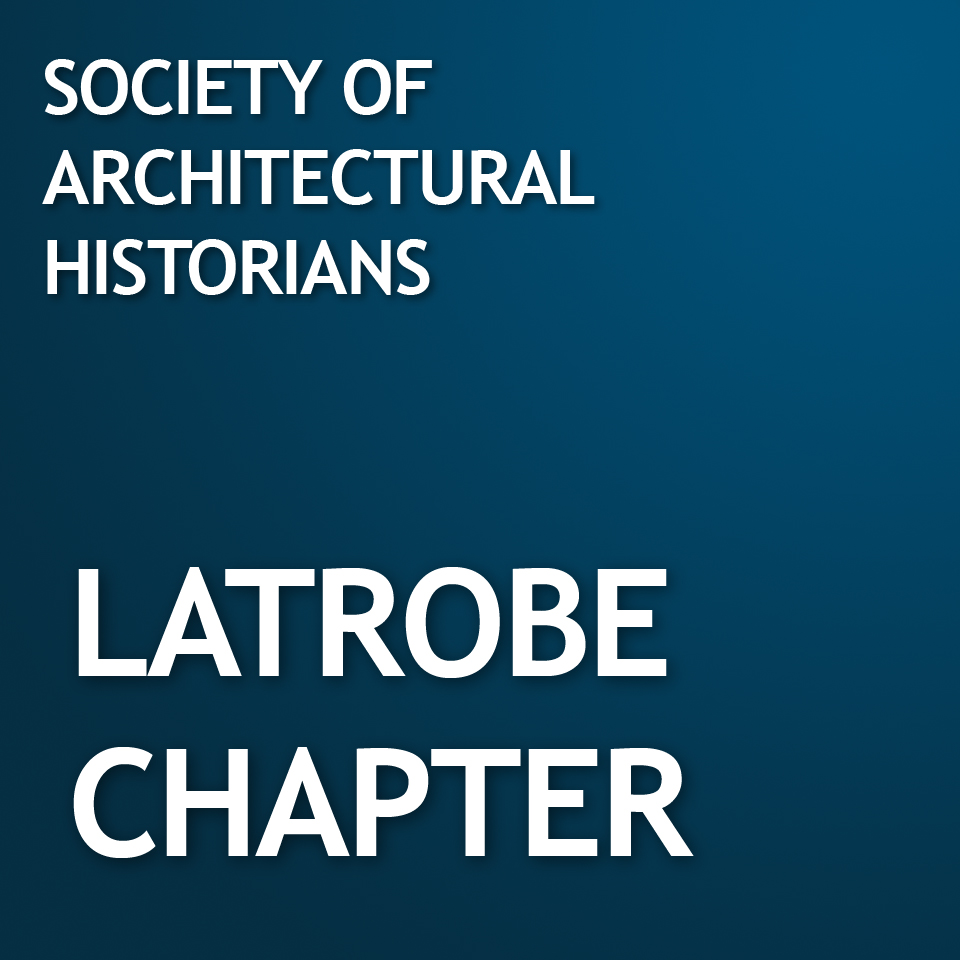WE ARE PLEASED TO BE OFFERING BOTH IN-PERSON AND VIRTUAL ATTENDANCE OPTIONS FOR THIS EVENT! PLEASE SEE BELOW FOR DETAILS TO JOIN EITHER VENUE.
What is a "Telephone City"? AT&T developed this alternative vision of the American city as a place shaped by communication technology and private capital and defined by the architecture of telephone buildings. Though it remains the largest private builder in the history of the U.S., spending billions of dollars a year on construction by the 1970s, AT&T's massive investments in the physical landscape of cities and towns remain little understood as an expression of the need to manage negative perceptions of corporate monopoly and build a positive public image responsive to local community concerns. "Telephone City" was at once universal in its technology and local in its community building activities - for much of the 20th century, telephone buildings were celebrated and provided a place to humanize telephone service and make a faceless monopoly into a "good neighbor." The sweeping social and technological changes of the postwar period, including the Civil Rights movement and the era of the urban crisis, challenged that earlier agenda and led to sweeping changes in design and maintenance practices that made telephone buildings invisible and inhospitable, with long-ranging consequences for how we perceive the role of technology in the public realm. Understanding this complex narrative provides new perspectives on the relationship between technology and public space, and the ways that corporate monopoly shaped the American urban landscape.
Kathryn E. Holliday is professor of architectural and landscape history at the University of Texas at Arlington in Dallas-Fort Worth and is founding director of the Dillon Center for Texas Architecture, which connects the university to local communities and non-profits to support more equitable praticies in design and historic preservation. Her work focuses on the varied ways that architects, critics, city governments, and corporations shape the built environment in American cities. She is currently a Mellon Fellow in Urban Landscape Studies at Dumbarton Oaks in Washington DC at work on the book project Telephone City. She holds a PhD in Architecture and an MA in Art History from the University of Texas at Austin, and a BA in Art History and Environmental Studies from Williams College and is the author, previously, of Leopold Eidlitz: Architecture and Idealism in the Gilded Age (2008) and The Open-Ended City: David Dillon on Texas Architecture (2019). Her work has been supported by grants from the National Park Service Civil Rights Grant program, the SOM Foundation, the Kress Foundation, and the Hagley Library.
IN-PERSON ATTENDANCE
The lecture will take place at The First Congregational United Church of Christ, Second Floor, 945 G Street NW, Washington, DC. Reservations are not required. $10.00 for Latrobe Chapter members, student members (full time) free with ID, $15.00 for non-members. Doors will open at 6:30 pm for socialization and refreshments; lecture will begin at 7:00 pm. Masks are encouraged for this event.
VIRTUAL ATTENDANCE
Virtual attendance is free but advance registration is required to participate. After registering, you will receive a confirmation email containing information about joining the lecture. Virtual lecture will begin at 7:00 PM. Please note that this event will not be recorded. TO REGISTER VIA ZOOM, CLICK HERE.


